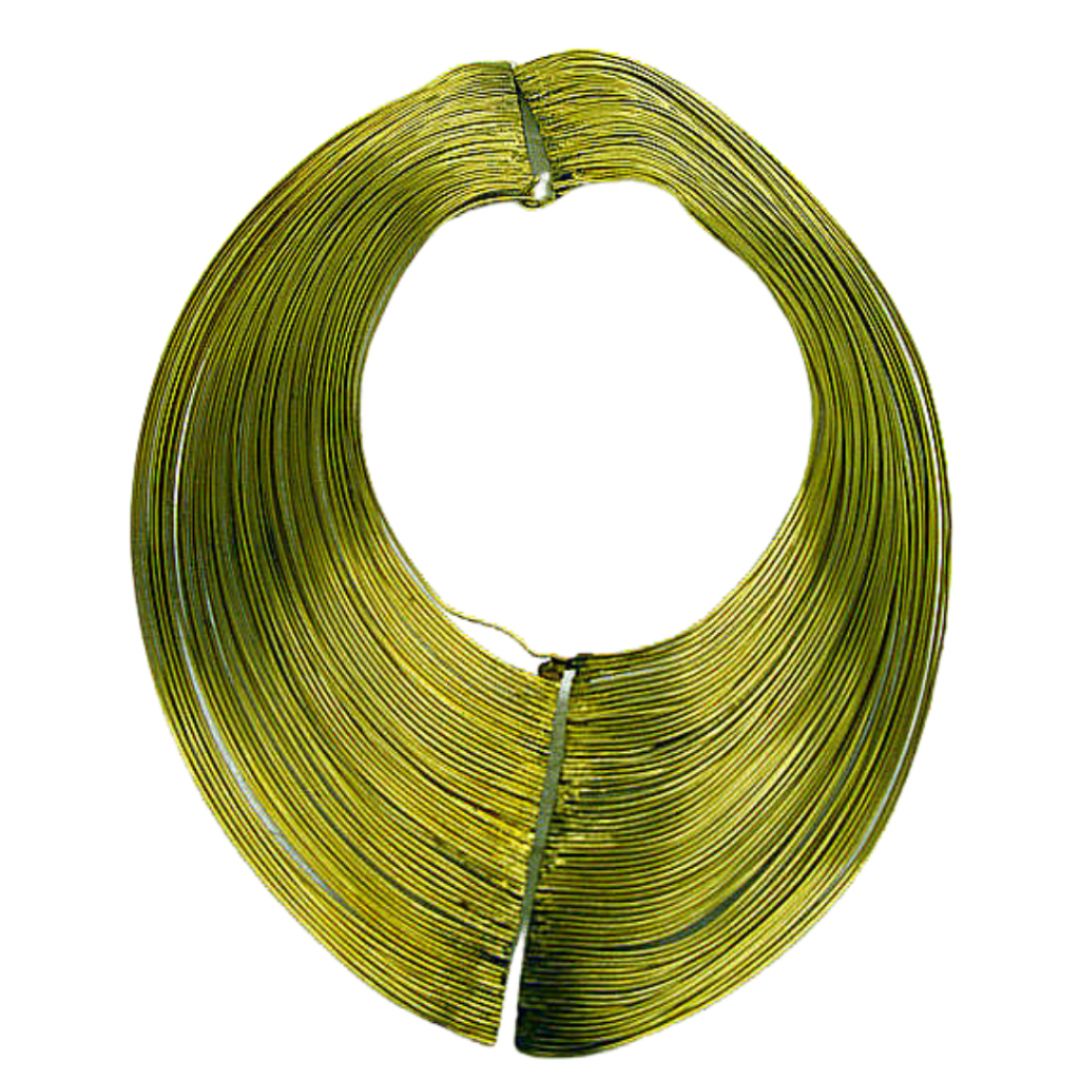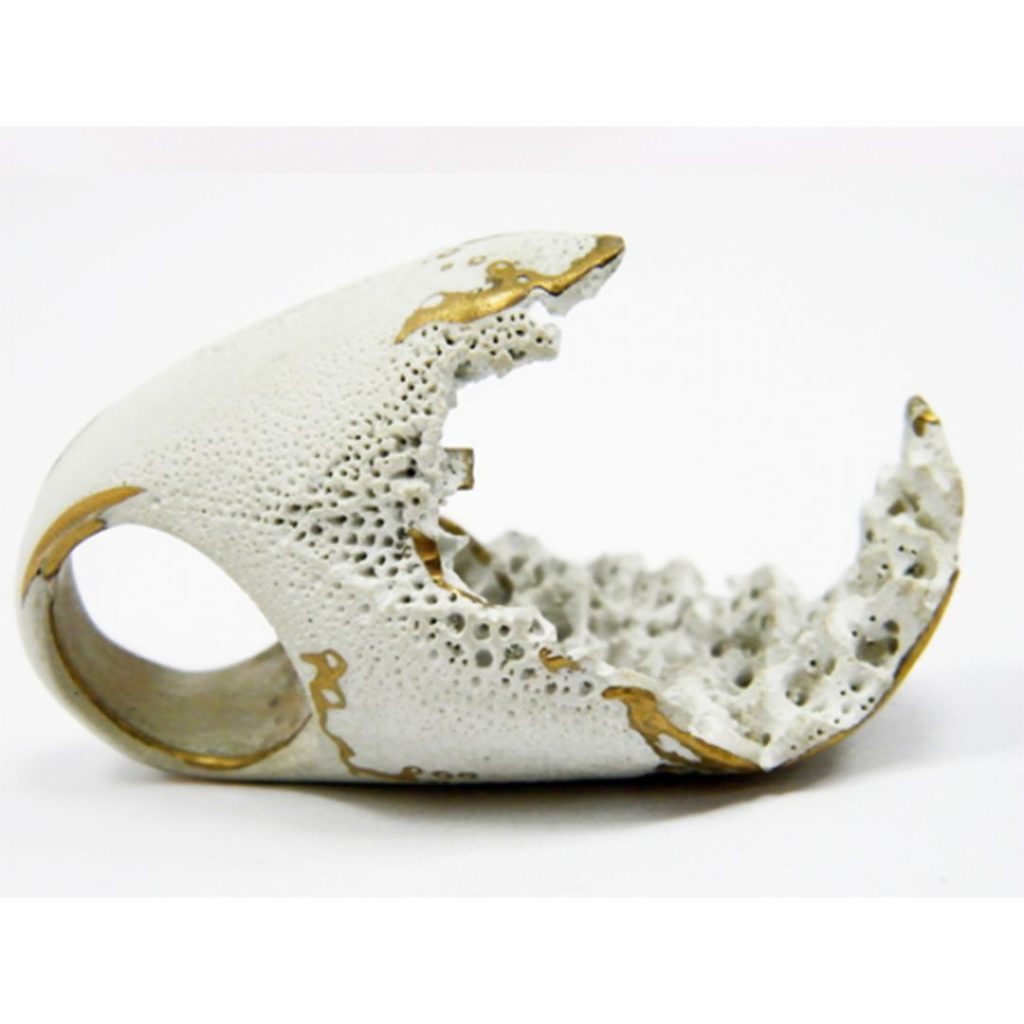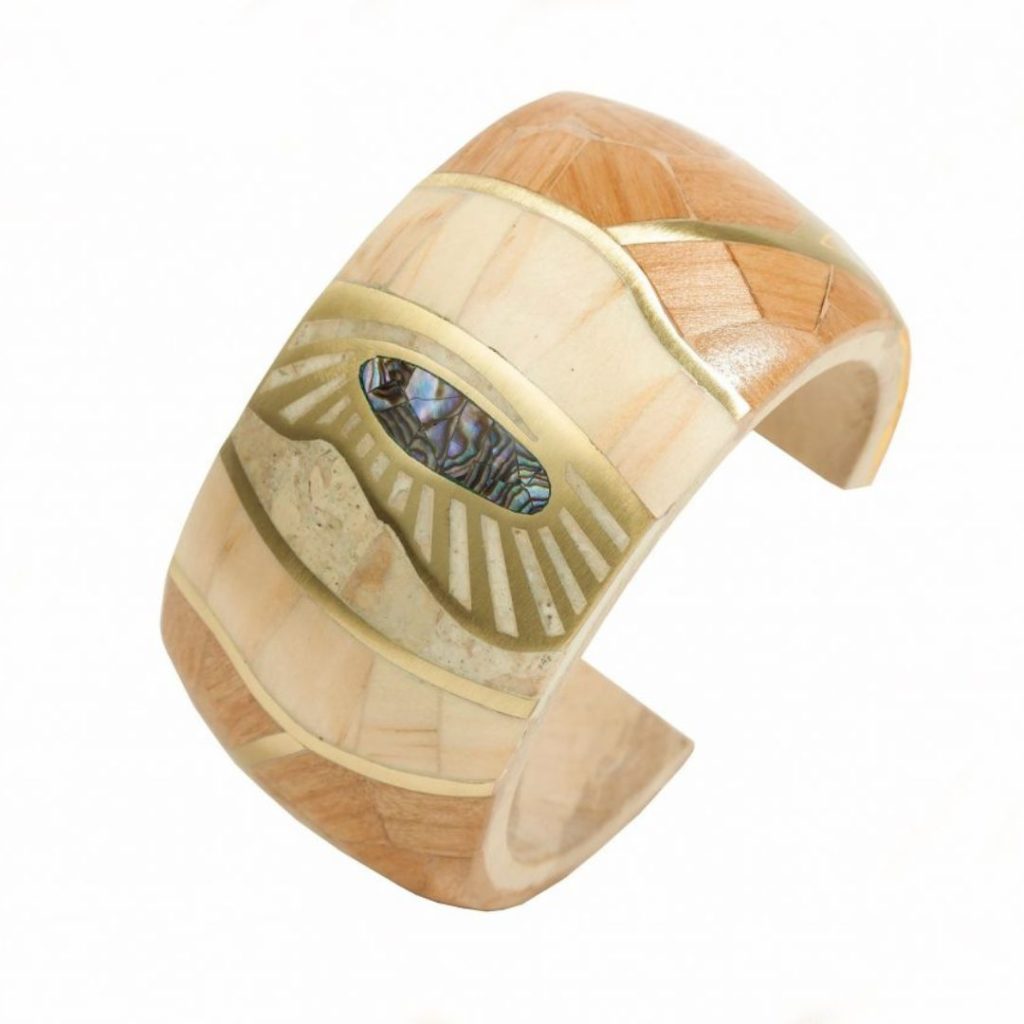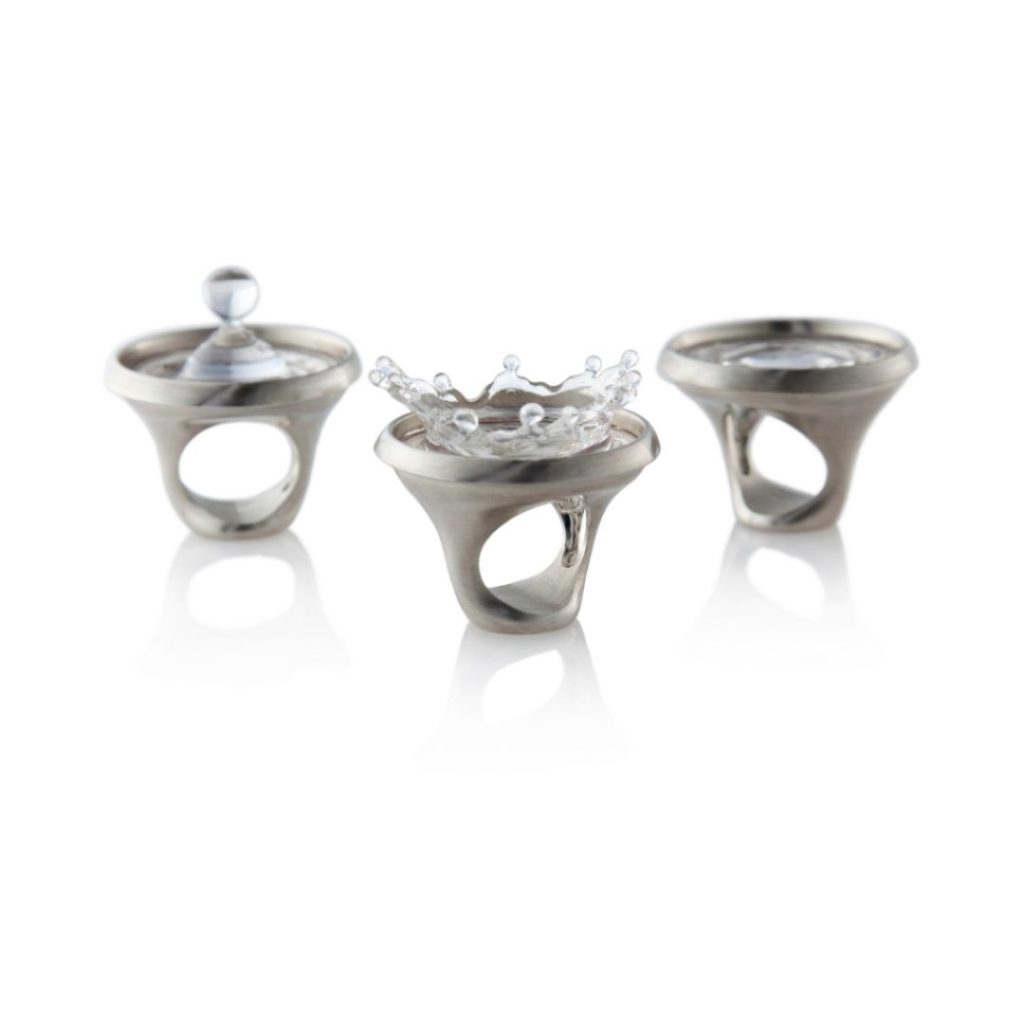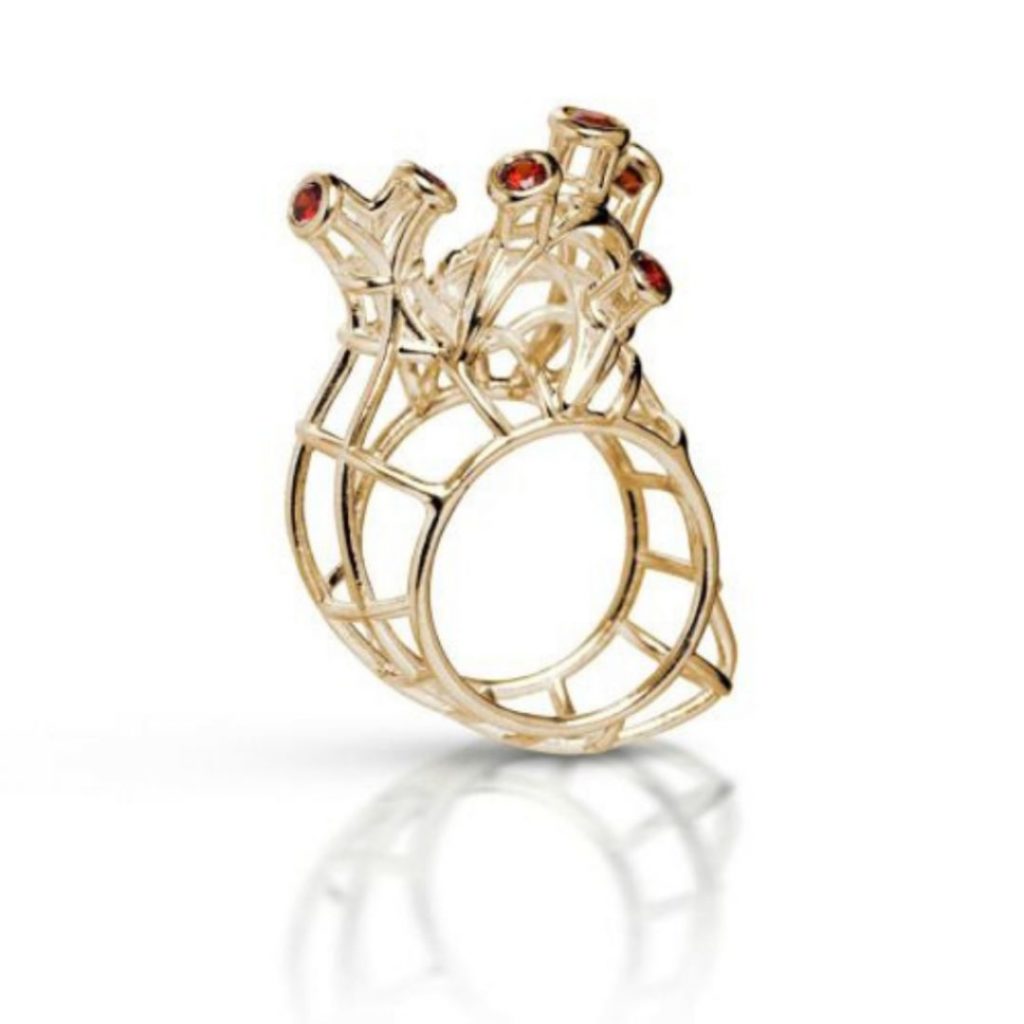JEWELRY DESIGNER
Madame Gres was born Germaine Krebs in Paris in 1903. In the early \’30s, she began her work in fashion first as a milliner, under the name Alix Barton, then as a dressmaker. Her signature was great swaths of silk jersey, pleated and draped directly on a live model like the gown of a Greek goddess. Christian Dior once said, \”Every dress she creates is a masterpiece.\”
In 1942 she opened her haute couture house, called Gres, a partial anagram of the first name of her husband, Russian painter Serge Czerefkov. They married in 1937, but soon after, reported Le Monde, he ran off to French Polynesia and never returned.
She spurned licensing and shrugged off ready-to-wear, preferring to produce made-to-measure clothes for women such as Grace Kelly, Jacqueline Kennedy and French First Lady Danielle Mitterrand.
HOW TO WEAR IT
Madame Dres was a fashion designer, her main designs are not in jewelry. Her jewelry designs are extremely rare. So if you by lucky to have the chance to have or hold one of her jewelry pieces, know that her main inspiration even for jewelry was Greece and that in fashion or jewelry her designs are timeless.
ADDED VALUE
Madame Grès, “the most important couturière of the post-war period.” Yet while Chanel is practically a household name, Grès remains a bit of an enigma; in fact, she is often called the “Sphinx of Fashion.” She was a true modernist, independent, and forward-thinking. Called the \”master of the wrapped and draped dress\” and \”queen of drapery\”, Grès is best known for her floor-length draped Grecian goddess gowns. A truly minimalist style, but not just in her clothes design, in her short affair with jewelry as well. Grès originally dreamed of becoming a sculptor but after many objections made by her family, she shifted her interests toward the art of fashion design and clothing making. Further in time, I would add jewelry. Her work in jewelry is not as extensive as in clothing and that is unfortunate because her purity and fluidity in lines are very close to her clothing designs. Her style it was appears to pursue the essence of things making more room for sophistication and respecting the purity and the soul of the metals. Because I think that everybody will agree when I say not all metals can work for any design or any shape. Her pieces are very ethnic, big in scale, and definitely for those times very forward in design. Leonardo Da Vinci said: \”Art is never finished, only abandoned\”. I think that, to our bad luck, she abandoned the jewelry design too soon. I think that she was the call to be a before and after in jewelry design, in jewelry history, don\’t you think? Do you know other jewelry designers that design like her, during her time?

